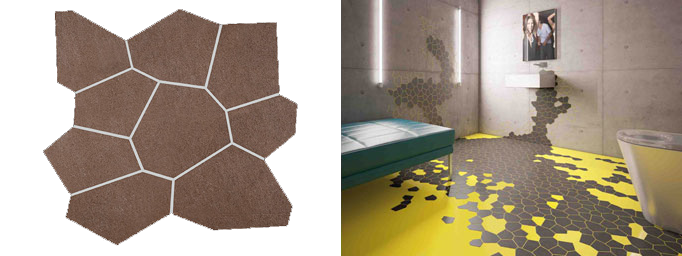Design prize Germany 2012

Design prize Germany 2012: AGROB BUCHTAL is taking part again!
The German Design Council appoints a prestigious international jury selected from industry, universities, design and media after the German Federal Ministry for Economics and Technology had suspended its invitation to tender for the new organisation of the Design Award of the Federal Republic of Germany in autumn of 2010.
The newly appointed jury is composed of the following independent and expert members:
- Jörg Boner, Managing Director of Jörg Boner product design
- Johannes Erler, Managing Director of Bureau Johannes Erler
- Roland Heiler, Managing Director Porsche Design GmbH
- Dr. Annemarie Jaeggi, Director Bauhaus-Archiv, Museum für Gestaltung
- Robert Klanten, Creative Head of Die Gestalten Verlag GmbH + Co. KG
- Michael Lanz, Managing Director of designaffairs GmbH
- Wilhelm Oehl, Managing Director of Eight Inc.
- Prof. Chris Rehberger, Creative Director and owner of DOUBLE STANDARDS
- Caroline Seifert, Head of Product Design for Deutsche Telekom
- Prof. Frank Zebner, Dean of the faculty of product design, Academy for Art and Design, Offenbach am Main
 |
| Xeno Polygon is a successful series by AGROB BUCHTAL: The extension to the Xeno series has already won the reddot design award 2011 and the iF product design award. POLYGON consists of irregular polygons, which invite creatively arranged or random laying patterns. The areas created in this way can end openly in the room or be limited. This is made possible by the supply of intelligent forms: The “main elements” consist of 30x30cm arches, each of which has one straight edge. In this way, mosaic becomes a striking element of room architecture, which can be consciously experienced. |




